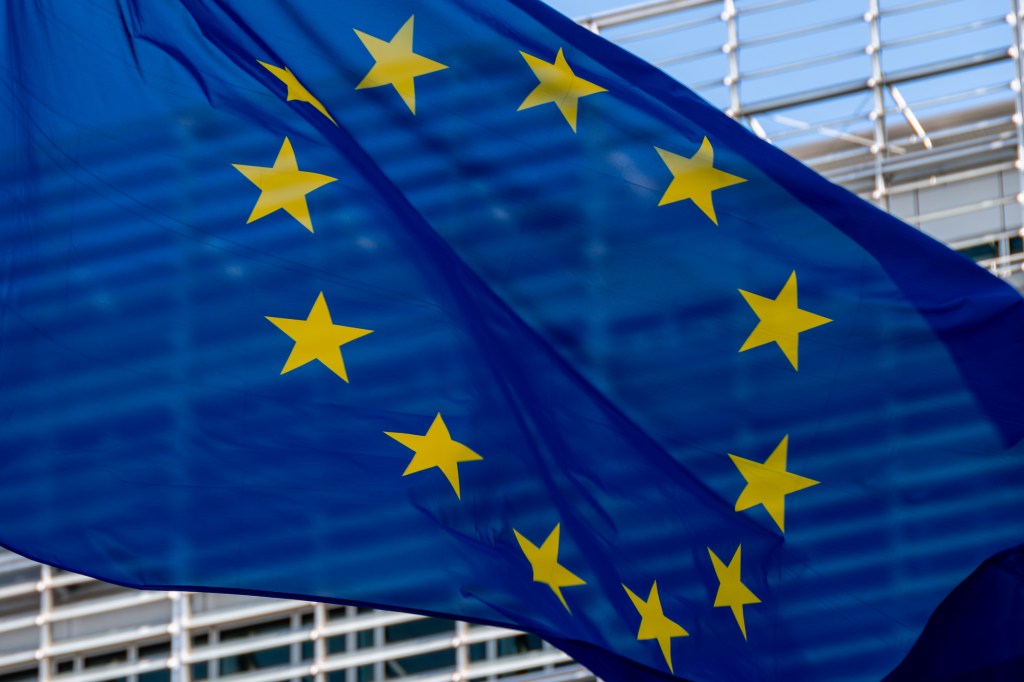The event in Amsterdam in October 2022 brought global heads of compliance together for a wide-ranging and engaging panel discussion. Richard Middleton, the MD of AFME, chaired the panel covering subjects including upskilling the compliance function; embracing innovation and technology; new working models and structures; and what keeps compliance heads
He
Register for free to keep reading.
To continue reading this article and unlock full access to GRIP, register now. You’ll enjoy free access to all content until our subscription service launches in early 2026.
- Unlimited access to industry insights
- Stay on top of key rules and regulatory changes with our Rules Navigator
- Ad-free experience with no distractions
- Regular podcasts from trusted external experts
- Fresh compliance and regulatory content every day













